The Salon Privé is now firmly established as one of the top car events on the planet. It has a unique flavour, mixing old and new, all to the absolute highest of standards. I had missed the event for a few years, the offer of a pass for a few hours at the end of the show did not appeal, especially given the delights of driving around the M25 on a Saturday. Then I received an invitation from Dirk de Jager to join him with the Fiat 8V that he was displaying on Owners’ Day, I was very pleased to accept and the show did not disappoint, anything but.

In retrospect 2019 now feels to me like 1914 or 1939 might have done to those who experienced the great conflicts that followed those fateful years, not that I am comparing the pandemic to the slaughter of the World Wars, but I suspect things will be very different when we finally emerge.

Some of the activities that we took for granted like motor sport or concours d’elegance may just not happen once the economic impact of the past three months becomes clear. There will be less money to spend and we all may well have to concentrate on the essentials. This realisation is tempered with an optimism that, even if we consign 2020 to the dustbin of history, things will get back to normal within a few years. In the meantime let’s reflect on happier times. The Salon Privé has been one of the highlights of the UK motoring calendar over the past decade or so, the 2019 show maintained the top class standard set over the years, that bar is high.

In common with events of this kind, there are several themes that run through the concours and the narrative hangs off this in the form of appropriately focussed displays. 2019 saw the celebration of Bentley’s centenary, indeed the final day at Salon Privé would witness the largest assembly of Bentleys in history with 1,321 examples surrounding Blenheim Palace.
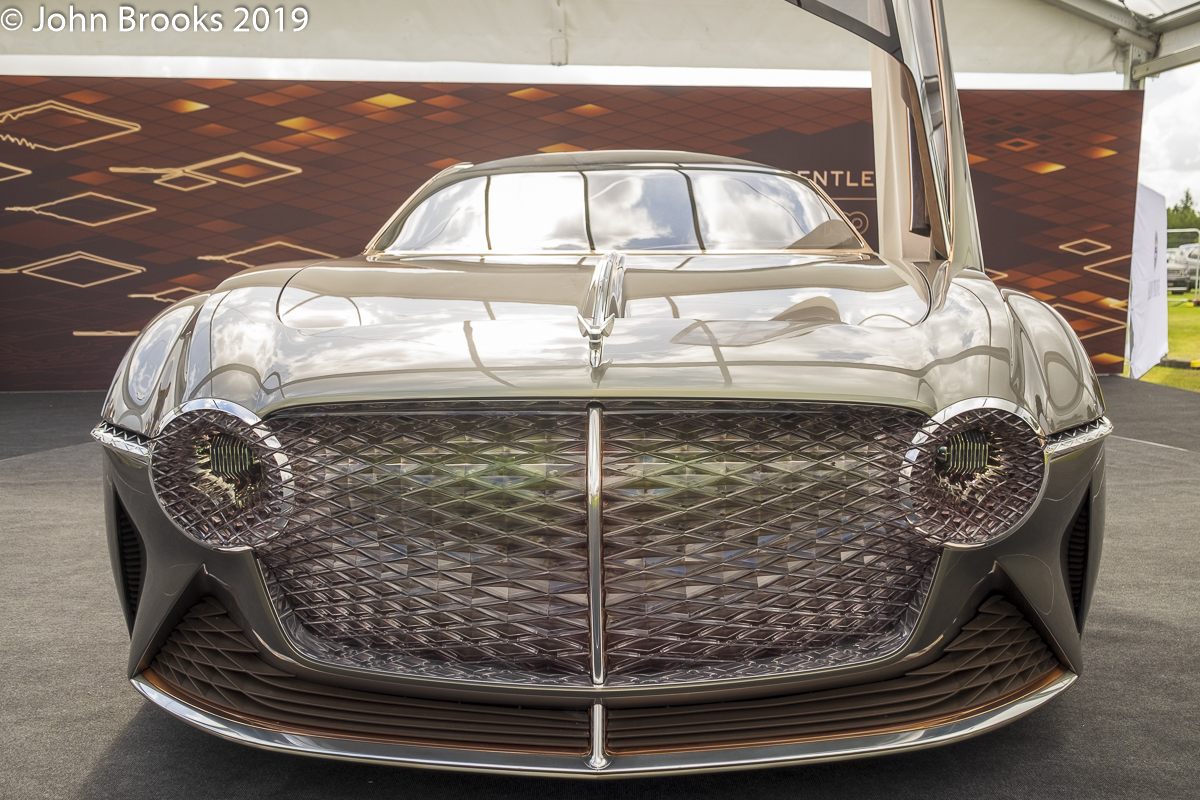
Bentley’s own celebration of the milestone came in several forms, the most prominent of which was a concept car, the EXP 100 GT. In some ways it was difficult to know what to make of this huge creation.

The PR fluff that accompanied the car’s release was woke on an epic scale, full of right-on signals. “The interior takes Bentley craftsmanship in a new direction by seamlessly fusing sustainable materials with technology. It incorporates new directions being explored by Bentley, including the use of light in creating a wellness-enriching environment and Adaptable Biometric Seating that adds to the feeling of wellbeing.”

Having said that, one had to admit that there was a certain consistent element of elegance running through the display, with the sinuous curves and sense of opulence and style clearly evident. I am not the target market, and never will be, so perhaps my views are irrelevant.
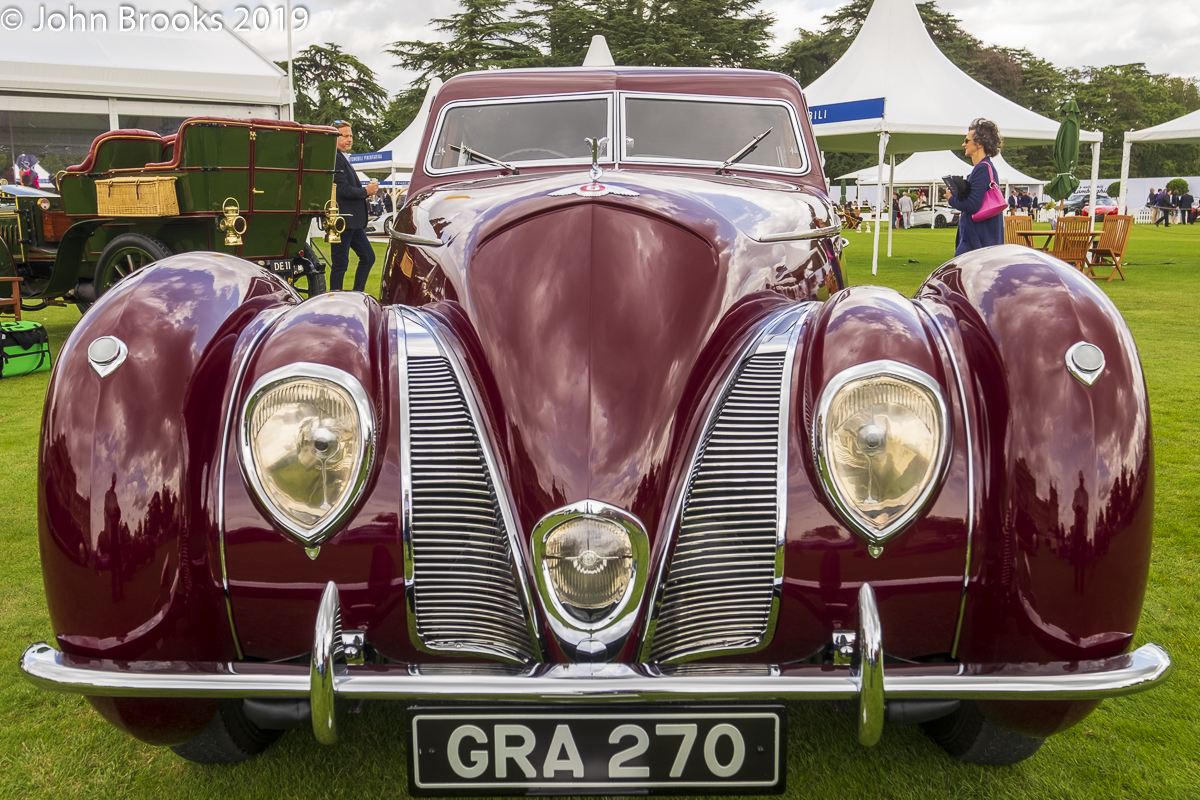
Another Bentley concept car, from another galaxy, is the recreation of the 1939 Corniche. The original car was inspired by the Embiricos Bentley, that had been styled by Georges Paulin. Bentley’s management were convinced that a sporty version of the forthcoming MKV would prove popular with the marque’s customers. I suspect it’s aerodynamic curves looked as surreal to the late ’30s enthusiasts as the EXP 100 GT does to me.
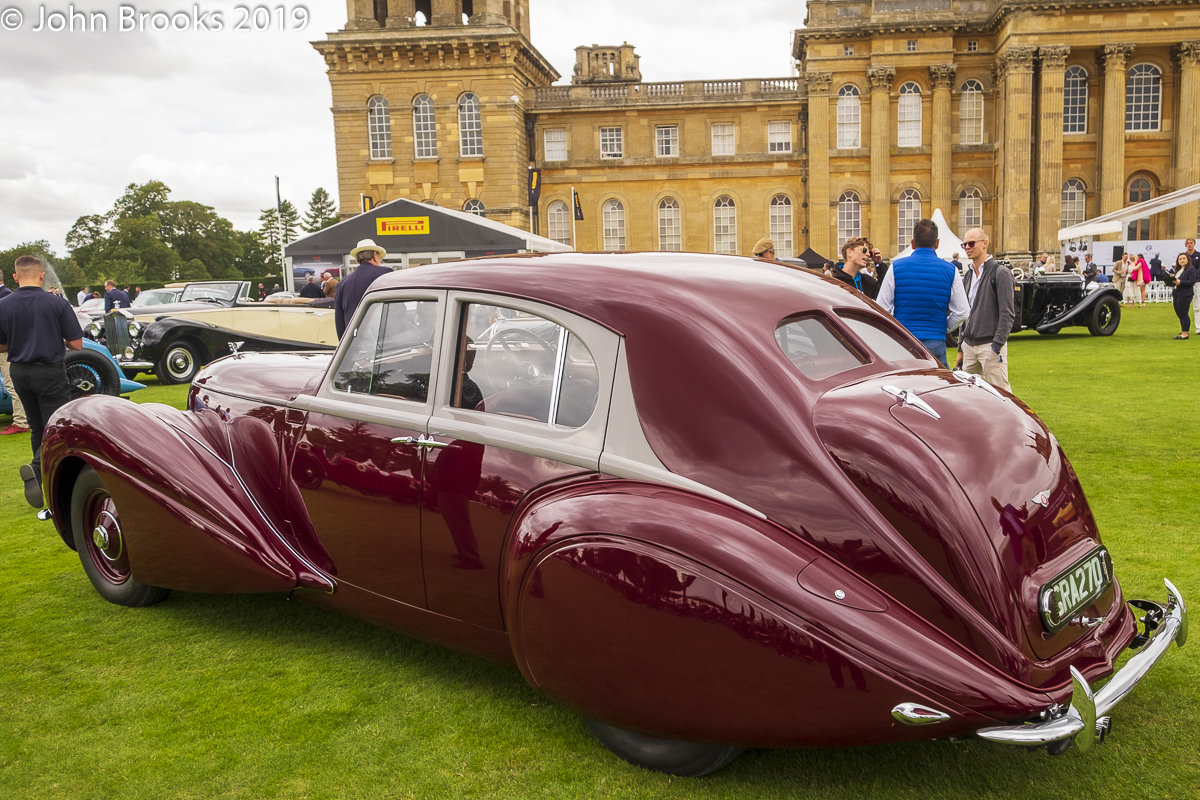
As the PR release says; ‘It was agreed that the Corniche should be built to investigate the idea. It would have a lightweight chassis, built from thinner-than-standard gauge steel, fitted with a tuned version of the Mark V engine matched to an overdrive gearbox created to suit. The Corniche was built as a collaboration between Bentley and third parties such as Georges Paulin, the French car designer who designed the bodywork and Carrosserie Vanvooren in Paris who made the bodywork.‘.
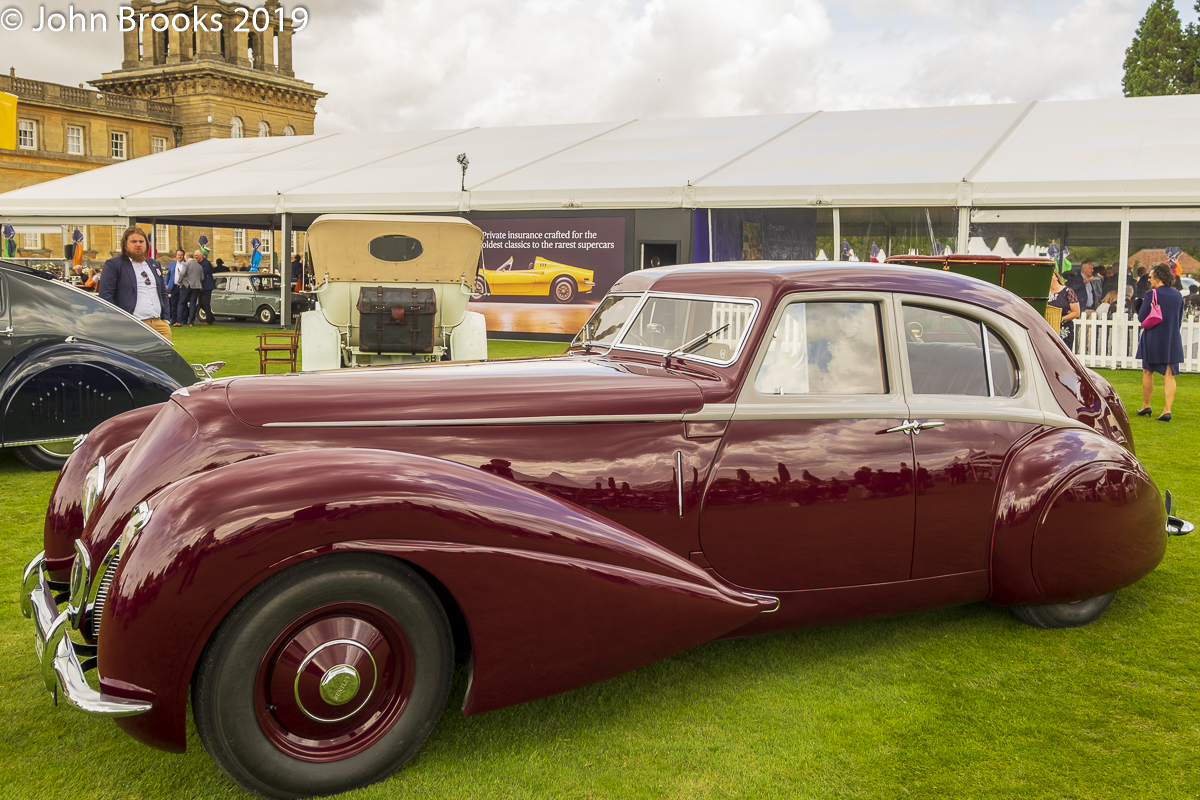
After a successful roll out at Brooklands in May 1939 the car headed for Europe but was then involved in two separate accidents. The second was quite severe, the chassis returned to the UK and the bodywork was to be repaired in France. The outbreak of the war overtook the project and the bodywork was destroyed during an air raid on Dieppe Harbour.
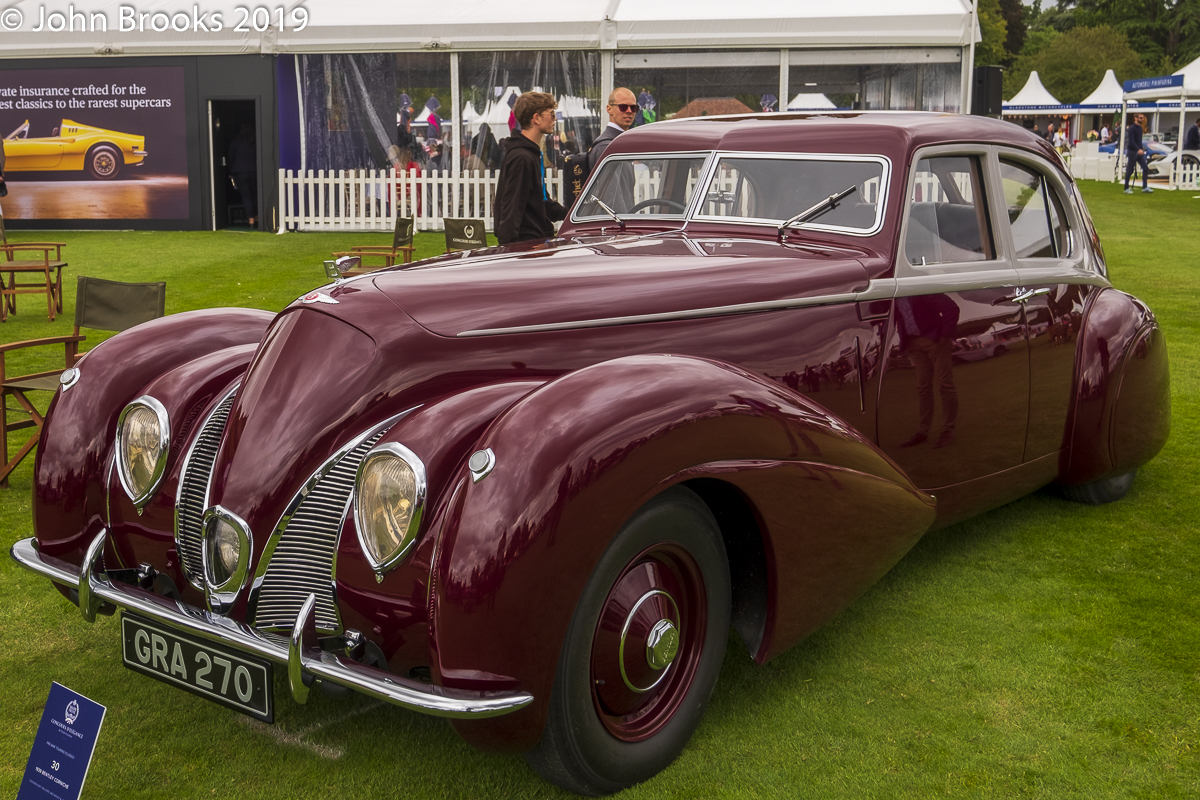
At the turn of the century enthusiasts attempted to recreate the Corniche. The project really came to life when Bentley CEO, Adrian Hallmark, took it in-house to Mulliner, the result is this stunning work of automotive art.

Although Bentley ceased competition when it was acquired by Rolls-Royce in 1931, that did not mean the end of the road for the chief ‘Bentley Boy’, Woolf Barnato. In 1934 he commissioned Wally Hassan to build a racer based on Bentley parts, including the engine from ‘Old Number One’, victorious in the 1929 Le Mans 24 Hours. The car was raced at many places, including Brooklands, with Oliver Bertram posting a lap on the outer circuit at 143.11mph. After the war it took part in the 1949 Spa 24 Hours but failed to finish.
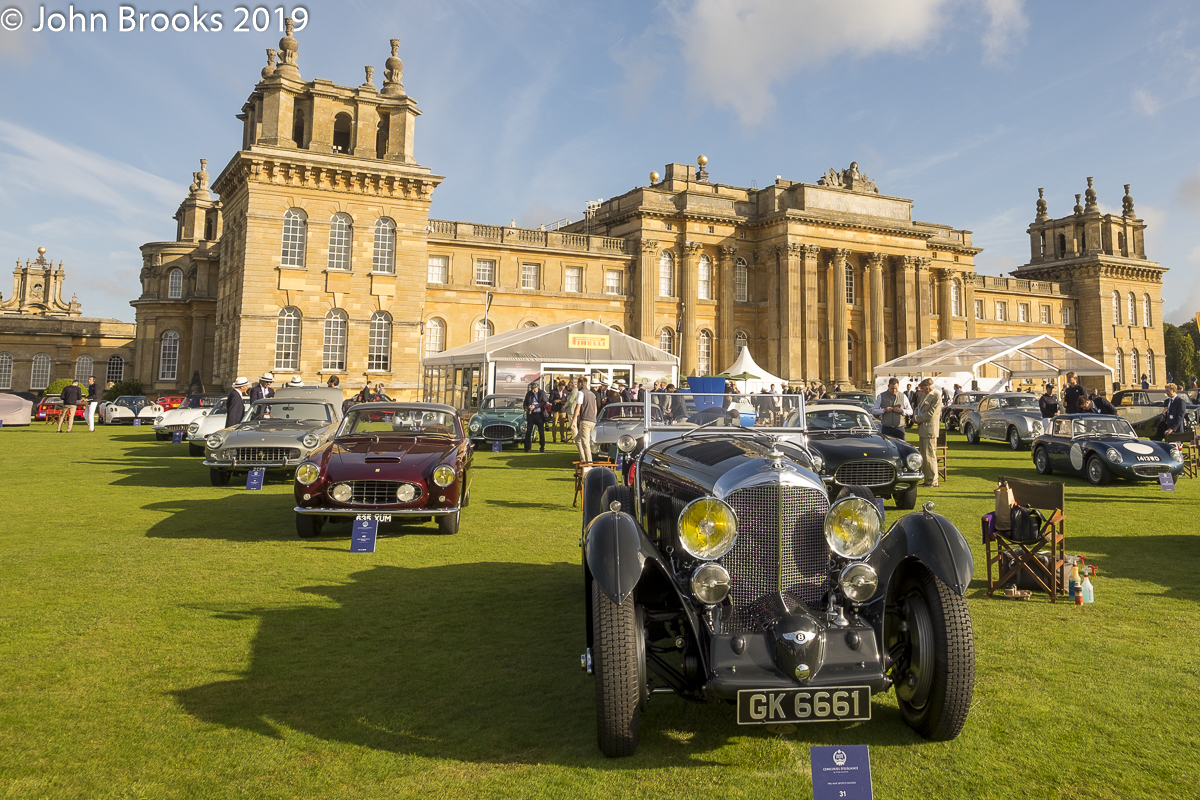
Another initiative that Woolf Barnato made at Bentley was the introduction of a supercharger, designed by Amherst Villiers, for the 4½-litre engine to create the Blower Bentley. This road-going example, dating from 1930, was Barnato’s personal car, with coachwork by Gurney Nutting.
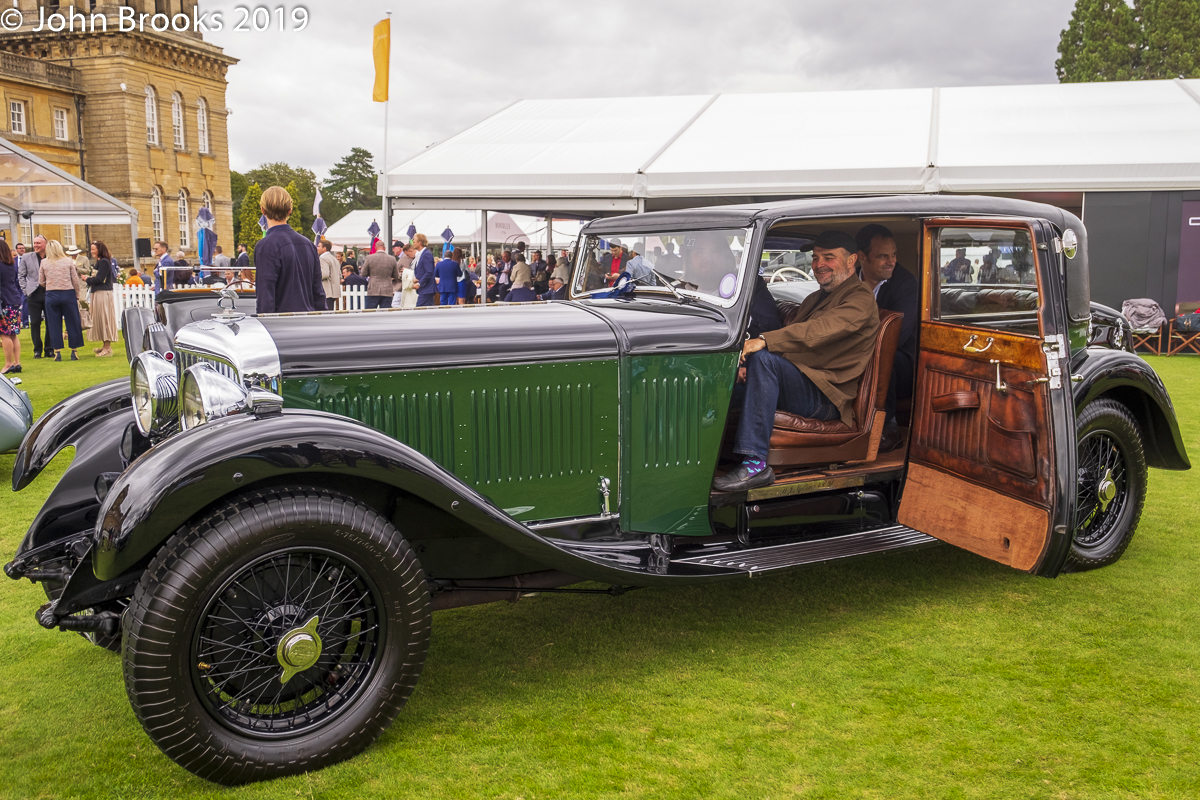
A pair of familiar faces at Blenheim were this Bentley 8 Litre and its owner, Mihai Negrescu. I had the pleasure of riding with him in this fabulous limousine a few years back on the Salon Privé Tour, perhaps I should revisit that tale soon.
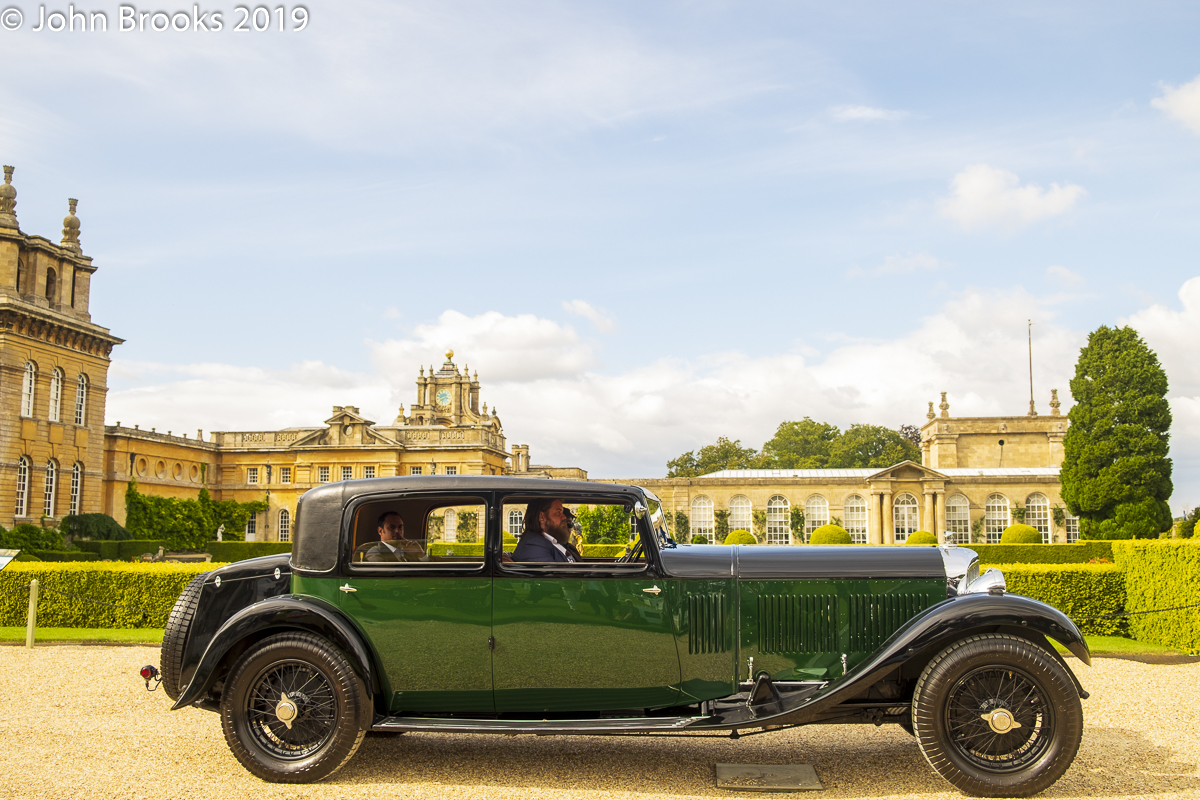
The Bentley 8 Litre was W.O. Bentley’s swansong for the company he founded. This example had a bit of an odd history, ending up in Canada at one point. The excellent vintagebentleys.org provides the tale. “Jack Charters bought the car when he lived in the UK but took it over to Canada in 1948 and, with his wife, drove it across Canada in the winter from Halifax to Soda Creek 400 miles north of Vancouver where they lived. Jack died in a blizzard in 1949 and the car was rescued from the British Columbian wilderness by Capt. L. Goudy. He took the car to Vancouver and restored it. It was in a poor state having had a collision with a moose and the wings had been trimmed. It was also painted white by then. Capt. Goudy kept the car until at least 1971. Capt. Goudy recalls the time when he was stopped by the police in Vancouver and thought he was about to be charged with a motoring offence, but the officers only wanted to see the engine and then one of them stated that his uncle was called Lycett, and he used to race Bentleys. This, of course, was the famous Forrest Lycett.”
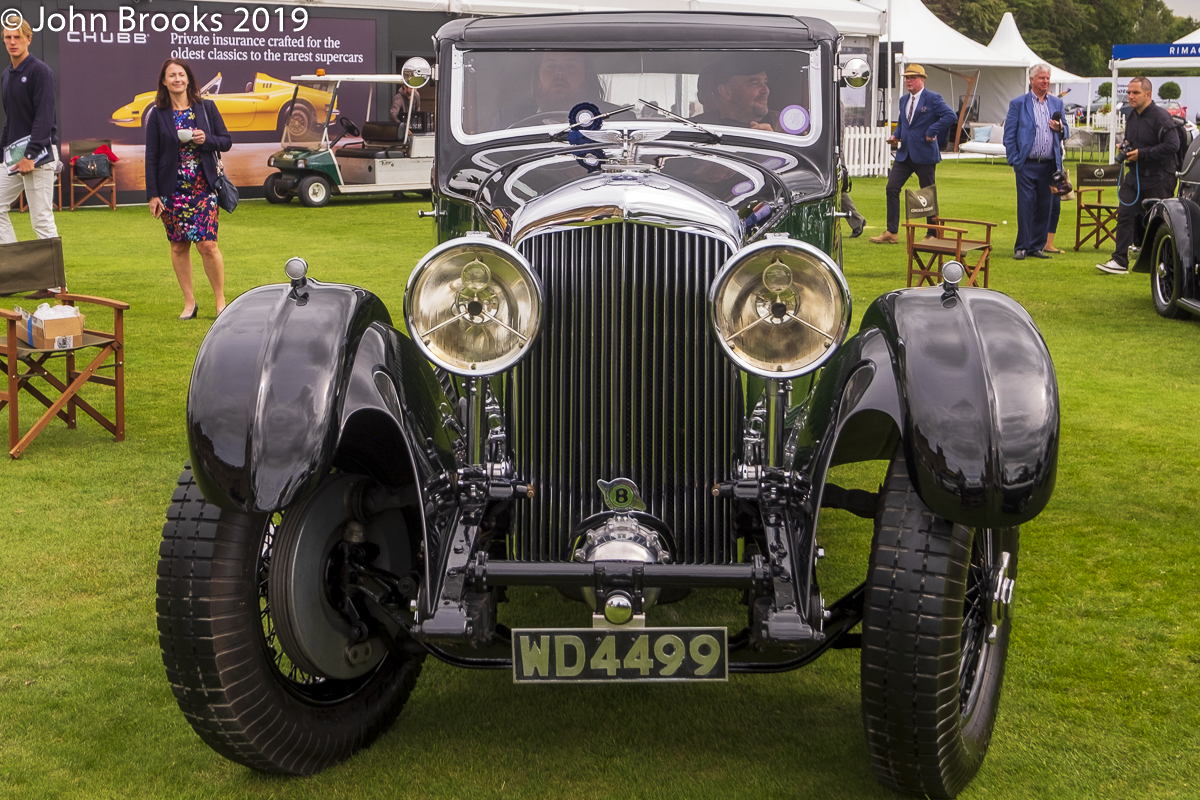
Now fully restored but still sporting the original interior, it is a jewel of an automobile, I hope to see more of it now that the owner has moved.
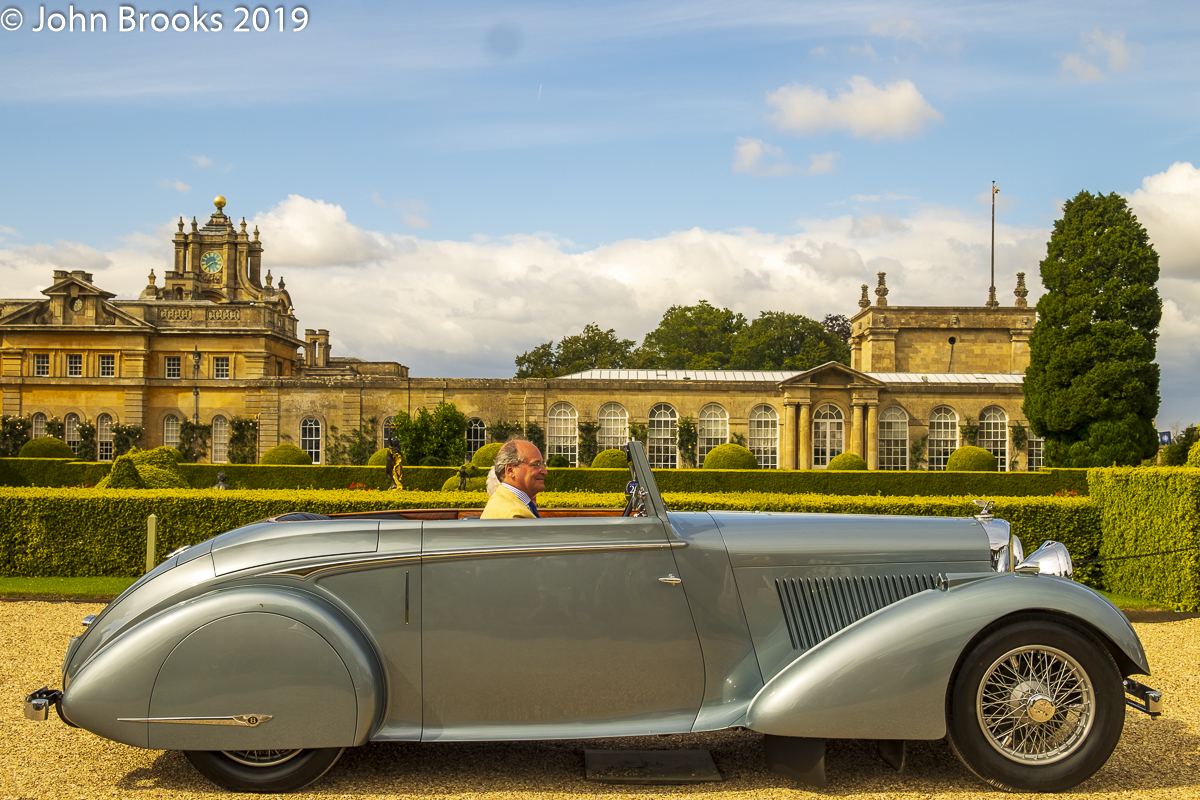
The very epitome of ’30s elegant motoring is this Bentley 4¼ Litre, with coachwork by H.J. Mulliner, form and function coming together in harmony.
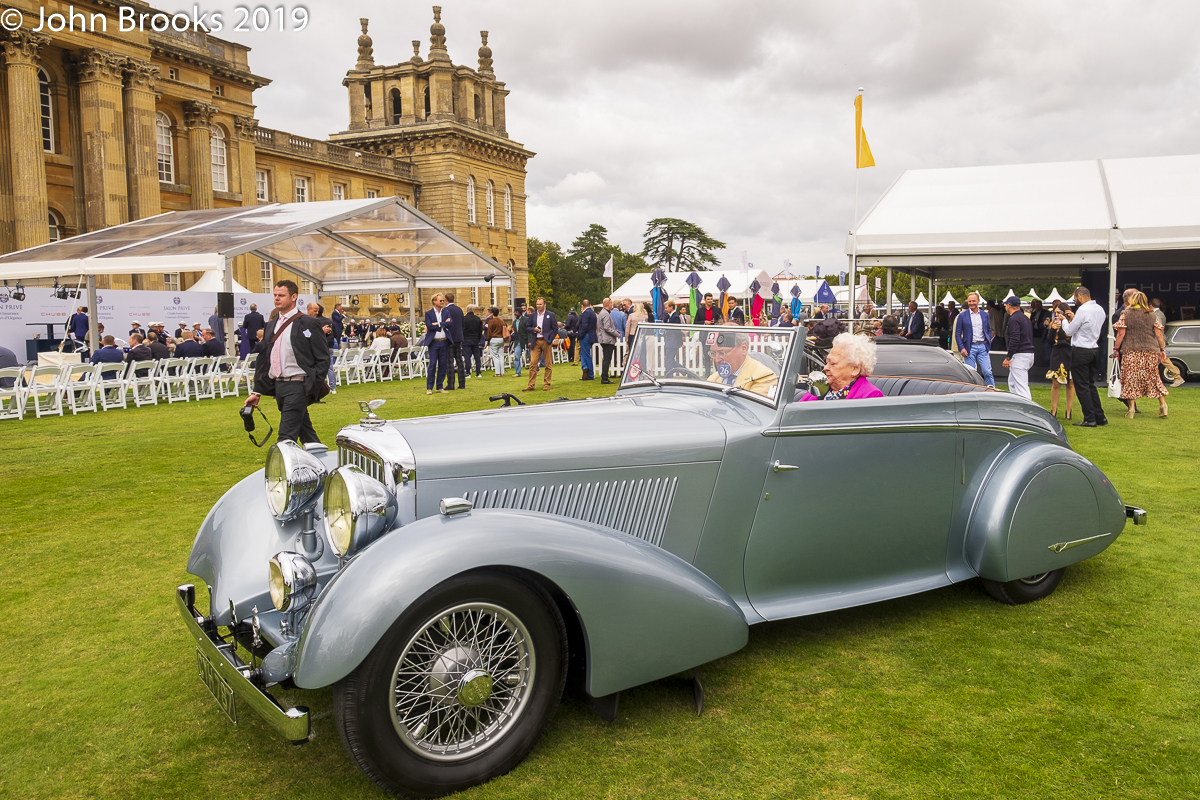
This is another of Woolf Barnato’s Bentleys, delivered in July 1936 to his Mayfair home.
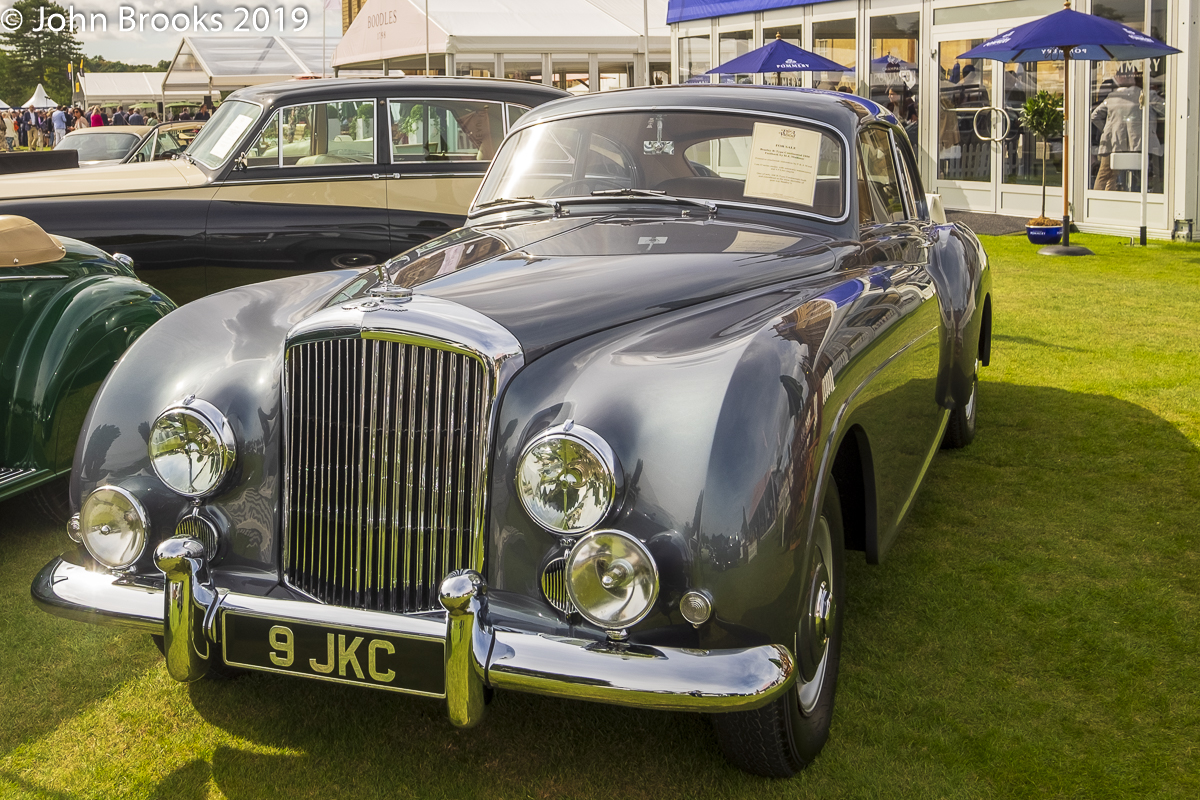
The Bentley day at Blenheim took place on the Sunday and, unfortunatley, I had a conflicting appointment. So I must make do with this dazzling selection of Bentleys from the main show. More from Salon Privé in the next week or so.
John Brooks, June 2020
